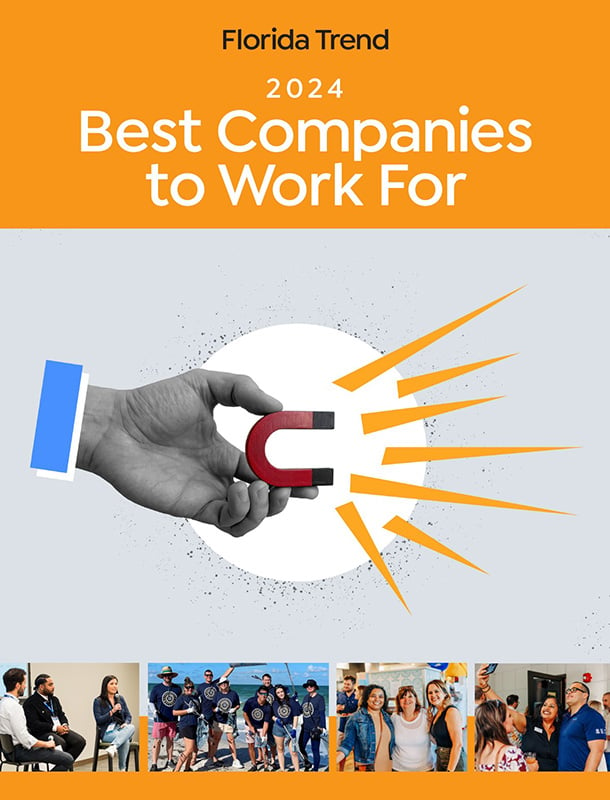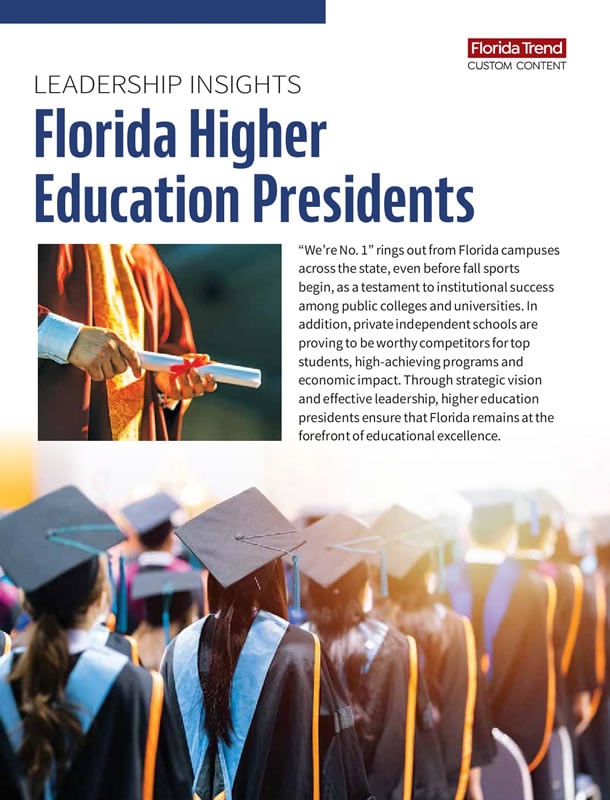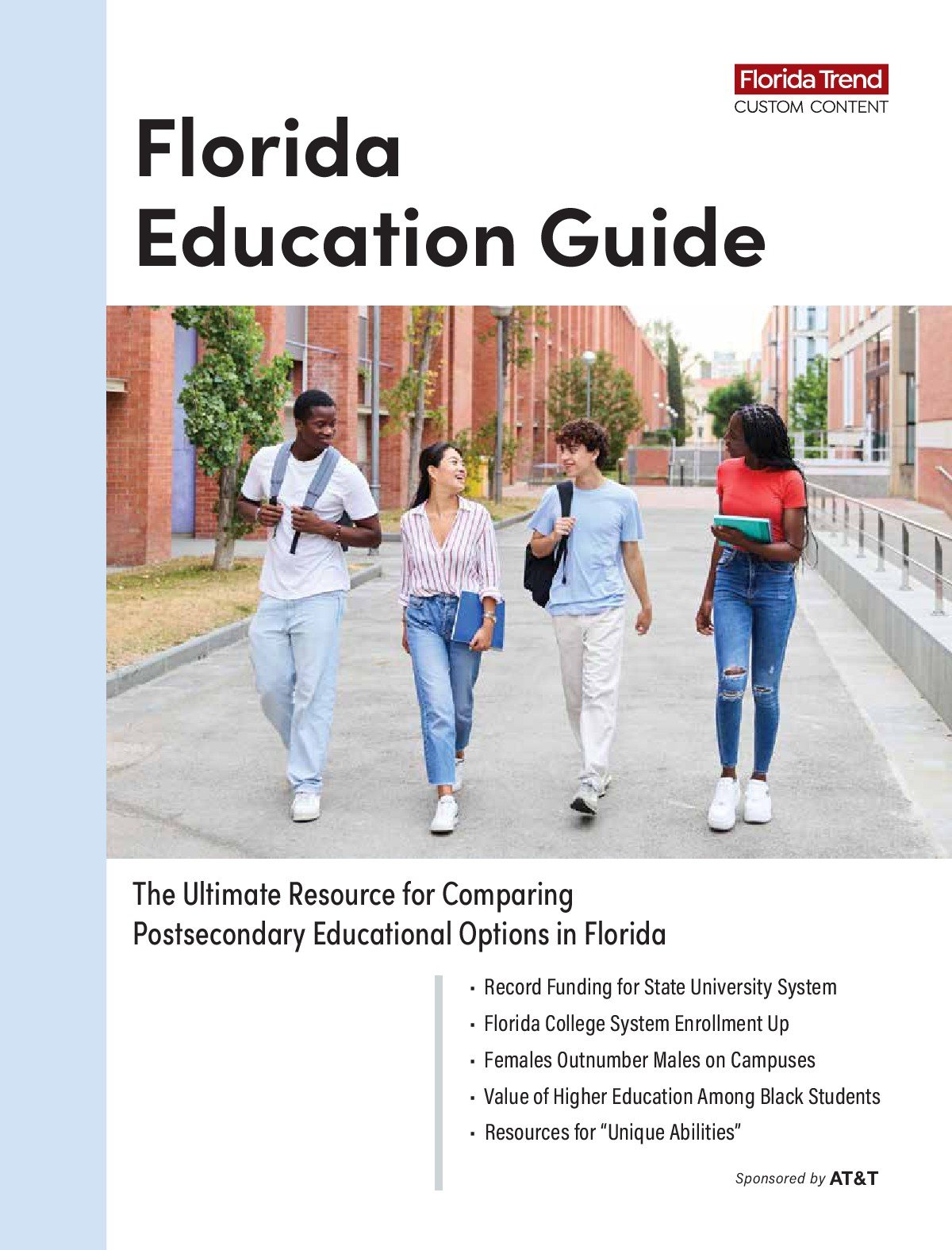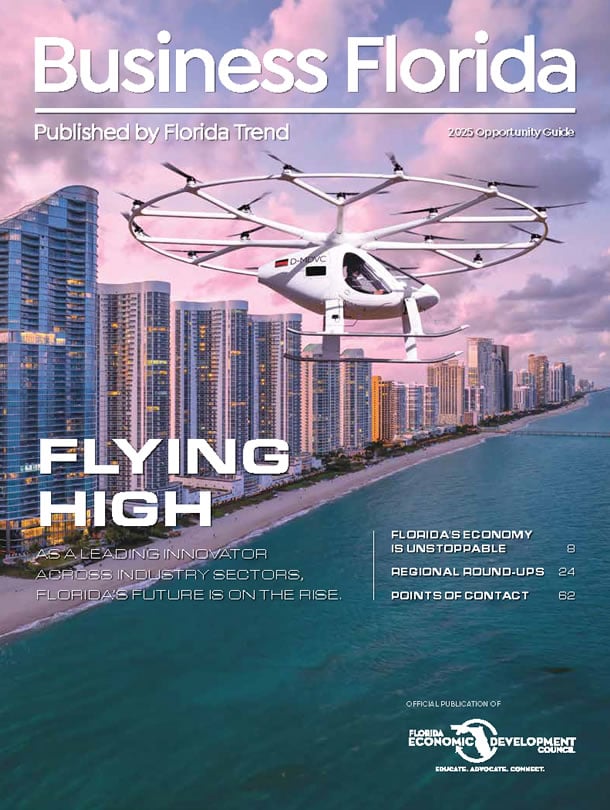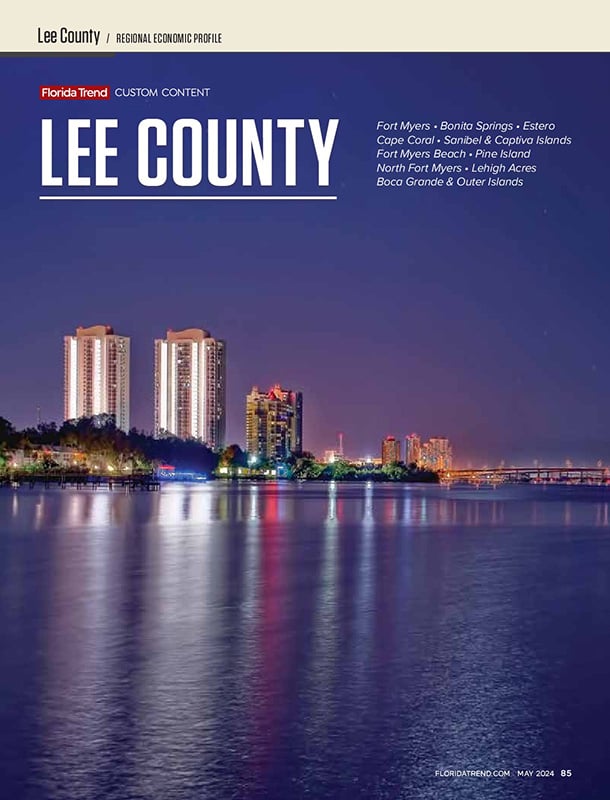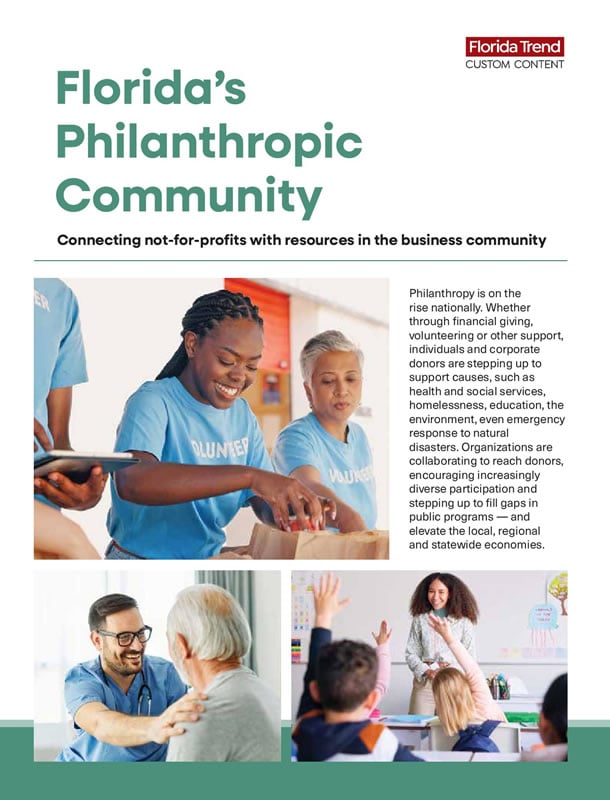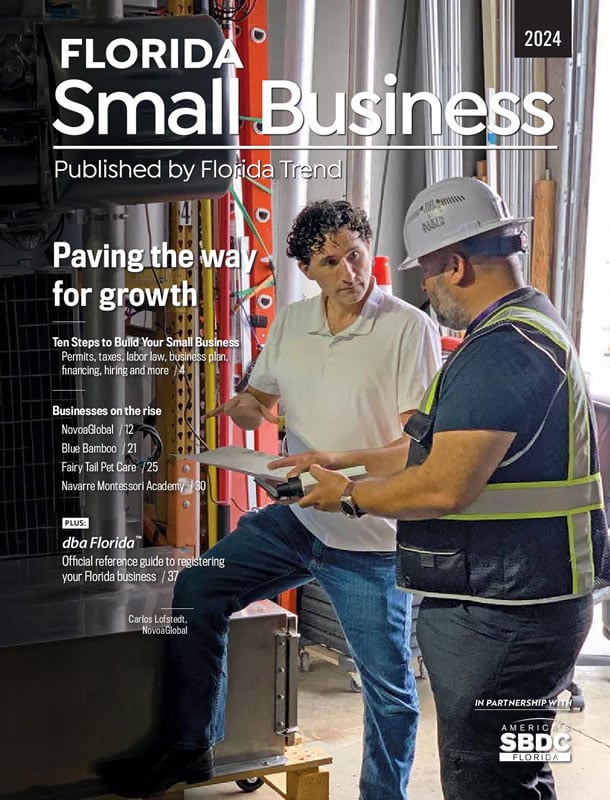Animal Kingdom is Disney's largest entertainment venue, costing "hundreds and hundreds of millions of dollars" to create, says Judson Green, president of Walt Disney Attractions. "But less than a billion," he adds with a smile. Over the past nine years, more than 1,000 Disney people designed and refined the company's first new Orlando park since Disney-MGM Studios opened in 1989. "An enormous amount of debate took place on how to do it well," the 20-year Disney World veteran recounts. "Even after we did the story boards and then built a massive model stretching all the way to there" - he points 15 yards away - "you had to sleep on it, fine-tune it. A couple of times we put Animal Kingdom on hold for months. From 1992 to 1994, those were a little uncertain times for us economically." Even after deciding to proceed, Green says, "We had to put ourselves in the eyes of the guests and ask, ?Will this be unique, truly memorable?'"
The answer to that question isn't as slam-dunk apparent as it might have been with Disney's earlier parks. What sets Animal Kingdom apart - and poses the most risk for Disney - is the creation of a park in which every single element isn't scripted. For the most part, visitors to Animal Kingdom won't board a ride that moves them in batches through a climate-controlled, animatronics-dominated environment where every movement is on cue; in Animal Kingdom, they will walk through lush plantings, starting and stopping as they please to observe, for example, groups of lowland gorillas, 10 in all, ranging from infants to 18-year-old Gino. The animals aren't in cages, but in habitats separated from park visitors by a few feet of moat or, in one area, a glass panel. The creatures play, eat or loll about as they would in the wild.
Elsewhere, visitors ride in specially designed Land Rover-type vehicles while the animals roam as close as they dare. A Disney staffer drives the 32-passenger vehicle along a road through the habitat. Part of the park's success will depend on whether the animals cooperate by staying in sight. And whether visitors find what they see different enough from other natural-habitat attractions like Tampa's Busch Gardens or Lion Country Safari in West Palm Beach.
Disney is counting on its vaunted attention to detail to carry the day. Sightlines from the vehicles were figured ingeniously: Tiny cameras were positioned over the model Green referred to, then computers helped decide how to re-sculpt what had been flat Florida cow pasture into an African savannah with artificial streams, rock outcroppings and even steam vents. Workers massaged 500 acres of cow pasture and moved about1.5 million cubic yards of dirt.
Animal Kingdom has a simple, noncontroversial message: That the world's wildlife is finite and that mankind represents both the biggest danger and the best hope. The park includes hands-on, multisensory educational stations, as well as areas where visitors can watch vets at work or coo at newborns. The message even flirts with the grittier aspects of wildlife issues: At one point, visitors are confronted with a scene - part animatronic, part live actors - in which rangers arrest poachers who have captured a baby elephant and loaded it onto a truck. One early version of the scene showed the carcass of the baby elephant's mother, but Disney execs felt that was too graphic and left it out of the final version. While education is part of the Animal Kingdom adventure, it's integrated subtly into the experience - no Disney Institute-style classrooms here.
Political correctness also was evident in the way the park gathered animals. Disney lured top zoologists and veterinarians, created an advisory board of wildlife experts from Orlando to Africa, and was granted permission to care for and breed 25 endangered species. Not much money changed hands to bring the 200 species to the park. "We spent less than $4 million to gather them all," says Beth Stevens, the park's director of science and conservation. "We spent more transporting them here." Disney made donations to some wildlife organizations, but Stevens notes that no mammal on display was captured in the wild. Weeks before the park opened, however, the deaths of several animals served to remind that its easier to breathe life into imaginary creatures than to preserve life in wild animals. The dead included four cheetah cubs, three herd animals, two cranes, a hippopotamus and a rhinoceros. The U.S. Agriculture Department found no violations, but the losses were an embarrassment, given the care Disney had taken in assembling its menagerie.
While animals are the main attraction, Disney didn't abandon its tried-and-true Magic Kingdom formula: Animal Kingdom also offers a dinosaur section, an imaginative playground for kids, a "fossil-dig" area and an indoor roller-coaster that cost "north of $60 million, south of $100 million," Green says. Other entertainment includes actors staging scenes from the Disney animated fantasies "The Jungle Book" and "The Lion King" and a clever 3-D movie about life as an insect. Endangered, extinct and imagined creatures are all here to draw "several million visitors in the first year," says Green. He won't disclose how many visitors the company expects the new park to siphon from its three older siblings, but he forecasts continuance of a trend, since 1992, for "high single-digit" percentage increases in attendance.
Visitors will find they need to plunk down the same money - about $44 - for a one-day pass here as they do for the other Disney parks. Is that too much for this high-tech, modern zoo experience? Also, without the high-capacity rides of the 26-year-old Magic Kingdom, can the park process the masses of tourists necessary to make it work financially?
Clearly, Disney can count on its name and the park's proximity to other Disney venues to generate a lot of traffic. Says Green, a former auditor with an MBA from the University of Chicago: "We typically do a 30-year financial-performance forecast (for a major project). We already have one expansion planned for Animal Kingdom for 1999. We've been in the theme park business for 43 years. We know this will be a success."
So Big on SoBe
The phenomenal resurgence this decade of Miami Beach's once moribund commercial district is attributed to the indefinable magic that has subtropical yuppies eager to skate to work while decreeing that everything old is new again. Now comes a combination of old and new - the newest in 30 years, actually. The Loews Miami Beach Hotel, set to open Oct. 15 at Collins Avenue and 16th Street, will include 100 rooms in the renovated, 59-year-old St. Moritz Hotel and 700 deluxe rooms on 17 new floors. It's the first major new hotel on the beach in 30 years.



